President Joe Biden signed an executive order Thursday afternoon aimed at beginning the phaseout of cars and trucks running on gas and diesel, with battery-electric vehicles now expected to make up at least 50% of new model sales by 2030.
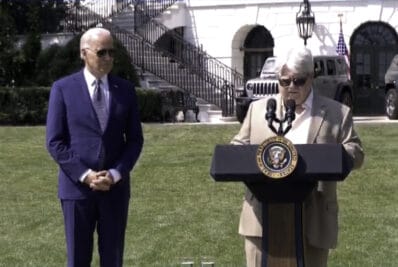
The president also confirmed that the administration is reversing a “shortsighted” move by his predecessor that saw a sharp rollback in federal fuel economy standards. Both moves won widespread praise — and promises from key automakers they will live up to the targets the Biden White House has set. But some environmentalists questioned whether the administration is moving far and fast enough.
The future, said Biden, speaking from the White House lawn, “is electric, and there’s no turning back. The question is whether we’ll lead,” he said, warning that, “Right now, China is leading the race.”
Currently, that Asian powerhouse has 93 plants building the sort of batteries needed to power battery-based vehicles, compared to just four in the United States, according to a study by Benchmark Mineral Intelligence. In recent months, a number of automakers, including General Motors, Ford and Stellantis — as well as independent suppliers — have announced plans to build lithium-ion battery plants in the U.S., but the numbers so far announced still leave this country way behind in terms of production capacity.
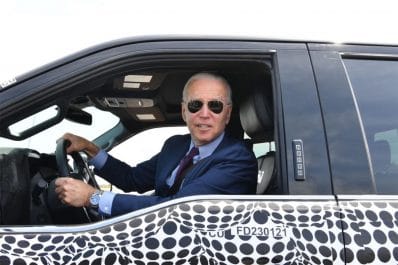
U.S. playing catch up
The U.S. has also lagged both China and Europe in terms of production of plug-based models, in part due to the tougher mandates already announced in those parts of the world. The European Union, in particular, recently laid out a proposal that would phase out sale of new vehicles using internal combustion engines entirely by 2035.
The White House has faced heavy pressure since Biden was inaugurated in January to follow suit. And even with a 50% target for 2030, the president came under criticism from some environmentalists.
“Today’s proposal relies on unenforceable voluntary commitments from unreliable car makers,” wrote Dan Becker, director of the, Safe Climate Transport Campaign of the Center for Biological Diversity, in astatement. Describing the Biden plan as “loophole-ridden,” Becker said “strong rules” are the only way to get automakers to cut emissions.
But Thursday’s executive order received far more positive reviews from most of the auto industry, starting with the Detroit Big Three, whose senior executives were on hand for the signing.
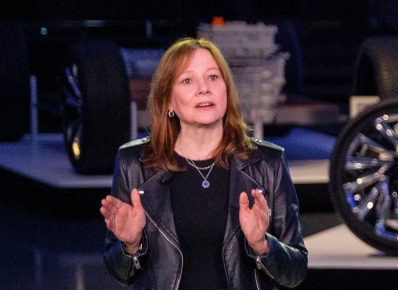
“Today, Ford, GM and Stellantis announce their shared aspiration to achieve sales of 40-50% of annual U.S. volumes of electric vehicles (battery electric, fuel cell and plug-in hybrid vehicles) by 2030 in order to move the nation closer to a zero-emissions future consistent with Paris climate goals,” the three automakers said in a statement released ahead of the White House event.
Manufacturers offer mixed reviews
Though not invited for the signing, a number of foreign manufacturers also weighed in.
“Today, Nissan North America Inc. has a target that more than 40% of its U.S. vehicle sales by 2030 will be fully electric, with even more to be electrified,” the second-largest Japanese automaker said. Its rival Honda said it “supports” the president’s goals, including the toughened fuel economy standards that will phase in during the coming years.
Several manufacturers sniped at Biden, however. Elon Musk, CEO of Tesla, the best-selling EV manufacturer in the U.S., was notably absent from the Thursday ceremony. “Seems odd that Tesla wasn’t invited.”
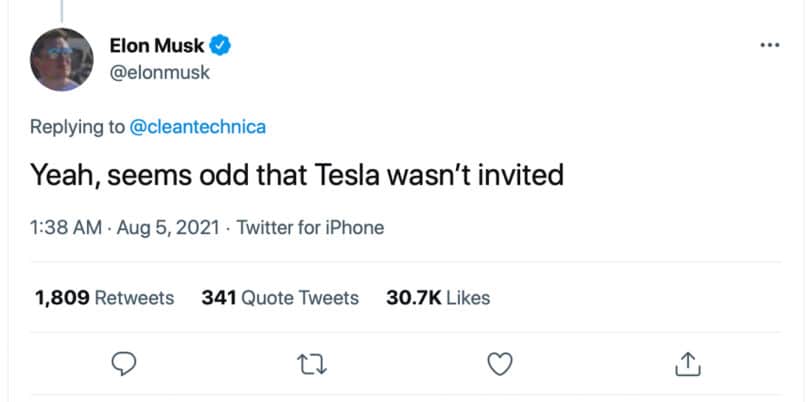
Meanwhile, Rivian, another U.S.-based EV startup, questioned whether the administration was going far enough. “This draft proposal would drive us in the right direction after several years in reverse,” said Chris Nevers, Rivian’s senior director of environmental policy, “but slowly getting back on track is not enough.”
Previous administrations’ plans
As Vice President, Biden helped in the push for a sharp increase in mileage standards during the Obama administration. Fuel economy was expected to grow by about 5% annually, reaching more than 50 miles per gallon. Since fuel consumption is directly linked to the production of carbon emissions, that would have led to a sharp reduction in greenhouse gas emissions.
When he was in office, President Donald Trump sharply criticized the Obama-era Corporate Average Fuel Economy. The cuts his administration announced in early 2020 actually went beyond what most automakers sought, in fact, with a target of 1.5% in mileage increases annually.
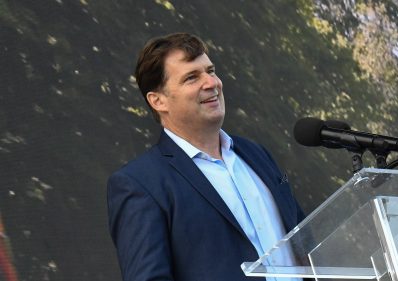
In recent weeks, there had been news reports, based on supposed “leaks,” indicating Biden would approve a compromise 3.7% annual increase in fuel economy. The final revision of CAFE will see a 25% improvement over the four years ending in 2026.
The industry, at least for now, appears to be fully backing Biden — though, after supporting the Obama fuel economy mandate, automakers including General Motors and Toyota later called for a partial rollback.
What will happen now depends on a variety of factors, especially in terms of the aggressive EV mandates the president has targeted.
EV target is extremely aggressive
Right now, pure battery-electric vehicles account for only about 2.2% of new vehicle sales in the U.S., according to industry data. Adding in hybrids and plug-in hybrids brings that up to around 6 percent. But the trendline is moving upward at an aggressive pace. During the first six months of this year, sales of PHEVs and pure BEVs doubled compared to the year before.
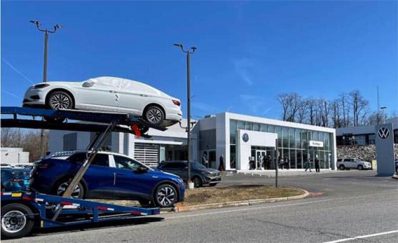
There had been a growing consensus in industry circles demand for plug-based models would reach around 30% by decade’s end. Going to 50% will be difficult, numerous analysts said this week. And Biden acknowledged the challenge during his brief address on Thursday.
He pointed to his Build Back Better infrastructure bill working through Congress as critical to that goal, as well as legislation that would both extend and expand the current federal EV incentives of up to $7,500. A bill cosponsored by Michigan Representative Debbie Dingell would bring the number up to $10,000 for American-made EVs, adding yet another $2,500 for those produced with union labor.
Biden also highlighted other goals of the administration, including the creation of 500,000 EV chargers nationwide — something researchers at J.D. Power, IHS Markit and others have called essential to widespread acceptance of battery power. Additional money will be made available for battery and EV manufacturers, as well as researchers working on the next-generation batteries intended to boost range, cut charging times and lower costs.
The industry, meanwhile, is taking another critical step. Where only a handful of long-range EVs were available at the start of the decade, as many as 100 or more are expected to be available in U.S. showrooms by mid-decade.







